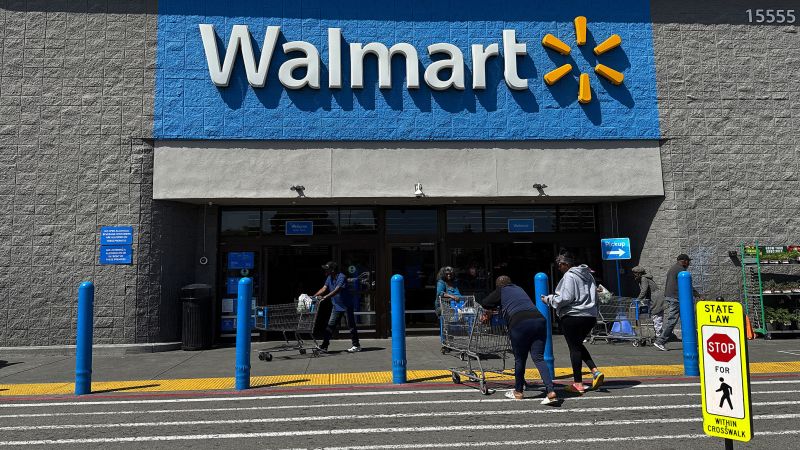In a significant turn of events, Walmart, the world’s largest retailer, has conveyed its vulnerability to the tariffs imposed by then-President Donald Trump’s administration. The company has declared its intent to raise prices on several items in response to the escalating costs driven by what has been described as a global trade war. This announcement comes against the backdrop of a broader economic landscape strained by tariffs that have affected various industries and consumers alike.
Doug McMillon, the CEO of Walmart, prepared stakeholders for these changes during an earnings call. He remarked, “We will do our best to keep our prices as low as possible but given the magnitude of the tariffs, even at the reduced levels announced this week, we aren’t able to absorb all the pressure given the reality of narrow retail margins.” His statement underscores the challenges that Walmart faces within a retail environment where maintaining low prices is critical, especially for a company that serves millions of consumers nationwide.
The planned price increases are expected to roll out later this month. Walmart’s Chief Financial Officer, John David Rainey, expressed concern about the growing burden on consumers, noting during an interview with CNBC that customers may start noticing the rising costs soon. “I’m concerned that consumer is going to start seeing higher prices. You’ll begin to see that, likely towards the tail end of this month, and then certainly much more in June,” he stated. This sentiment highlights the potential repercussions of the trade policies on everyday shoppers, particularly as the retail environment adapts to new economic pressures.
Walmart’s pricing strategies are not unique to the company; numerous businesses are grappling with the impact of the 10% universal tariffs imposed on imports entering the United States, alongside increased levies on products coming from China. Although an agreement was reached between Washington and Beijing to reduce certain tariffs, the United States still imposes a 30% tariff on a variety of goods imported from China. Therefore, the relief from tariffs may not be as significant for retailers aiming to keep prices controlled effectively.
Despite these challenges, Walmart’s performance in the U.S. appears resilient. The company reported a solid growth of 4.5% in sales for stores that have been open for at least a year during the last quarter, a testament to the robust demand in its grocery segment. Notably, Walmart has been attracting higher-income households, which aligns with its strategy to diversify its consumer base beyond lower-income shoppers—a common demographic that temporarily seeks savings at discount retailers during economic downturns.
Walmart’s stock reacted positively to its latest announcements, with shares rising by 2% during pre-market trading. This reflects a level of investor confidence that Walmart can navigate the economic headwinds of rising tariffs and potentially capitalize on its grocery business while addressing the increased costs attributed to international trade policies. The ability of such a large retailer to adapt to shifting market conditions will be indicative of the overall health of the retail sector.
This situation remains fluid, and ongoing developments will continue to be monitored. The ongoing evaluation of Walmart’s pricing strategies amid these tariffs, alongside its sales performance in various market segments, will help stakeholders assess the retailer’s resilience in an economically turbulent landscape. As the situation evolves, updates will undoubtedly clarify Walmart’s path forward as it aims to balance consumer needs with the realities of international trade relations.



